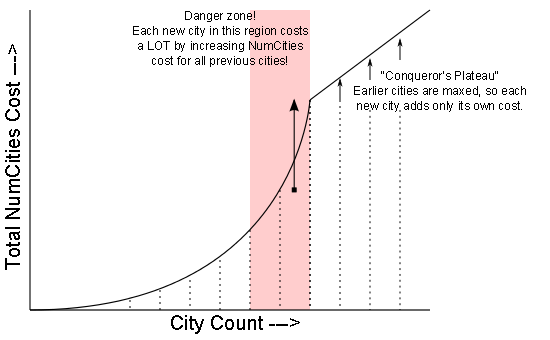Syntax Error
Prince
- Joined
- Oct 14, 2010
- Messages
- 544
Hi guys, I need help. I'm new to Civ 4 and I'd like to know a few things.
Last game I played, I managed to settle only 3 cities (AI cut off the only route to a my expansion.)
So a few questions:
1. How do you conduct warfare? I just stacked a lot of units and flinged it to a nearby city until it succumbs to it.
2. How many cities do you need to settle and how quick? In this last game, once the capital reached 3 pop, I built two settlers in quick succession.
3. How to determine good City Placement? I just went with the computer's suggestions.
4. What's the best VC to pursue in order to quickly learn most aspects of the game?
Thanks!
Last game I played, I managed to settle only 3 cities (AI cut off the only route to a my expansion.)
So a few questions:
1. How do you conduct warfare? I just stacked a lot of units and flinged it to a nearby city until it succumbs to it.
2. How many cities do you need to settle and how quick? In this last game, once the capital reached 3 pop, I built two settlers in quick succession.
3. How to determine good City Placement? I just went with the computer's suggestions.
4. What's the best VC to pursue in order to quickly learn most aspects of the game?
Thanks!


 for having gems, gold, and/or silver, markets can give you IIRC +5
for having gems, gold, and/or silver, markets can give you IIRC +5